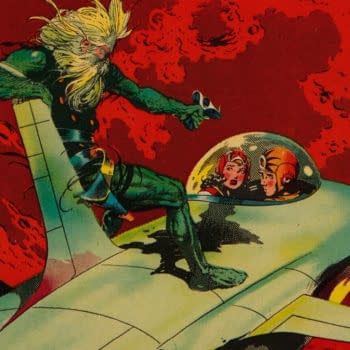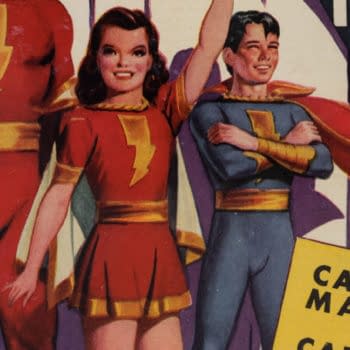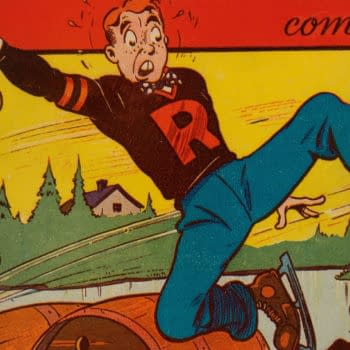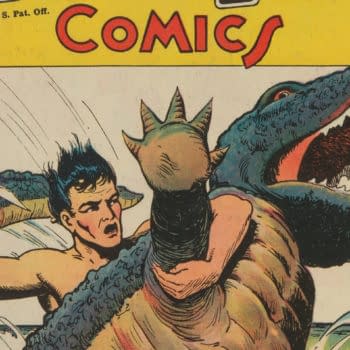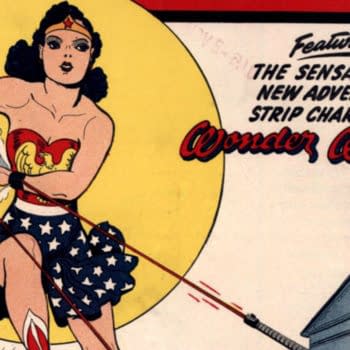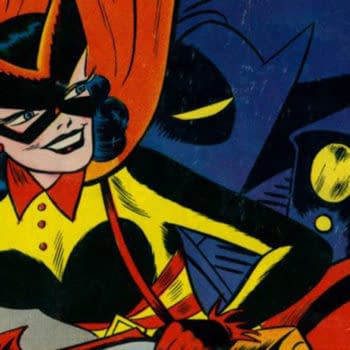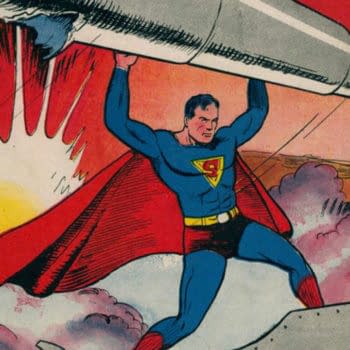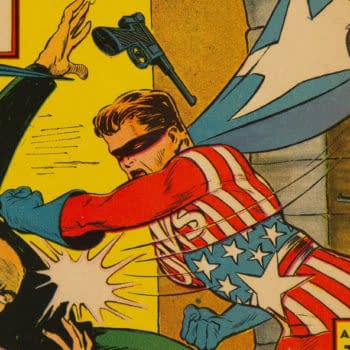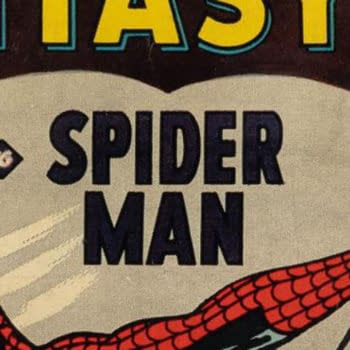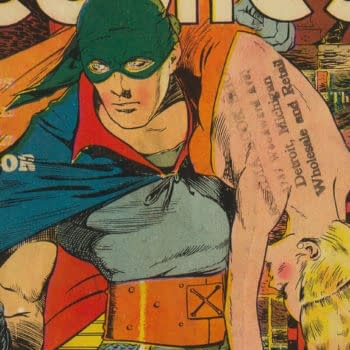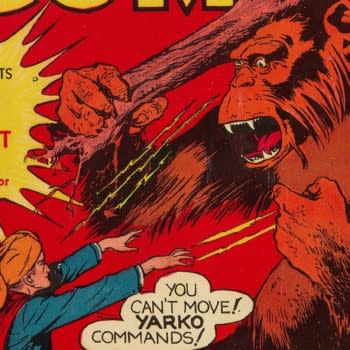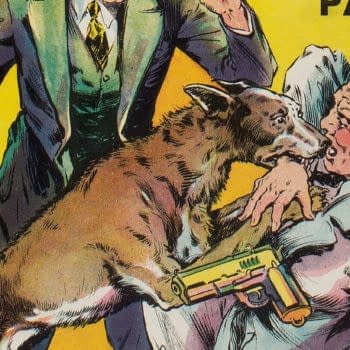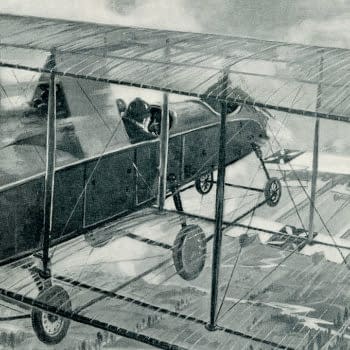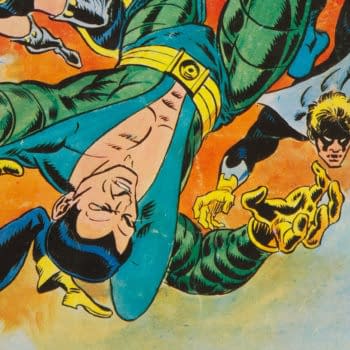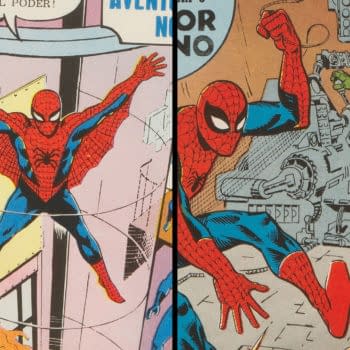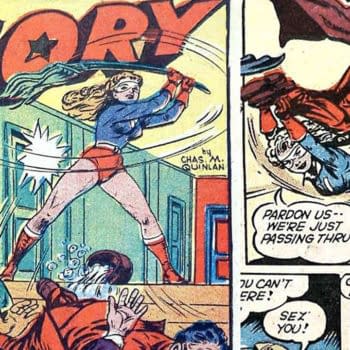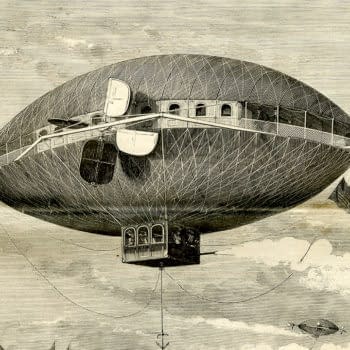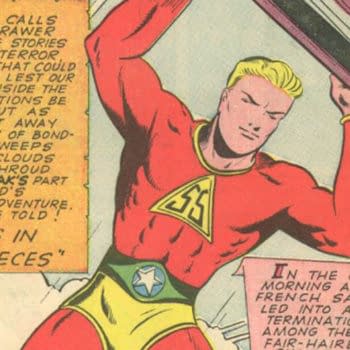According to the legendary artist Frank Frazetta, his famous Famous Funnies Buck Rogers cover run was an influence on George Lucas.
Mark Seifert Archives
The first appearance & origin of Mary Marvel, Captain Marvel Adventures #18 is historic in its own right, & this copy has fascinating history
Archie Andrews and his Riverdale friends hit the big time a year after his Pep Comics #22 debut, getting his own series with Archie Comics #1
Bill Everett's The Conqueror debuted in Victory Comics from Hillman Periodicals as a superhero transformed by cosmic rays.
The story of a pair of FBI agents whose investigation leads to something otherworldly, Alan Moore's Neonomicon is a tale of cosmic horror.
A big fan of Hal Foster's Tarzan growing up, young Harvey Kurtzman entered a Tip Top Comics cartooning contest and was published in issue #36.
With the power of Static Electricity at his fingertips, Spark Man served as an equalizer against evil in his Sparkler Comics adventures.
Big Shot Comics is an underappreciated title featuring Skyman, with an impressive array of comic book and comic strip talent behind it.
In 1949, historic Golden Age Quality Comics flagship title Smash Comics was taken over by the long-running character Lady Luck.
In her first appearances in Air Fighters Comics, Valkyrie was persuaded by Airboy to switch sides and join the Allies during WWII.
Hitting newsstands two weeks after her debut in All-Star Comics #8, Sensation Comics #1 adds important elements to he Wonder Woman mythos.
Does the first appearance of Batwoman in Detective Comics #233 have a surprising influence from Artists and Models from 6 months earlier?
Collecting early Action Comics featuring Superman covers can be tough collectors who are mere mortals, but issue #19 can be a place to start.
Rangers Comics evolved considerably after its launch, and came to include features like Werewolf Hunter, Glory Forbes, Firehair and more.
The early Golden Age era of Fox Feature Syndicate includes a large number of surprisingly rare comic books.
Victor Fox was not one to shy away from copying his competitors and Big 3 #1 is another clear-cut case of Fox mimicking a DC Comics release.
The only complete set of 41 Spider-Man comic books belonging to the legendary Steve Ditko is up for auction right now at PBA Galleries.
Blue Beetle faces a personification of Death rising up from the underworld in this strange story in Mystery Men Comics #30.
Mystery Men Comics #3 is best known for its Lou Fine cover, but what does it have to do with William Peter Blatty of The Exorcist fame?
Released during a pivotal period in Golden Age comic book history, Wonder Comics #2 has a historically fascinating backstory.
Dick Briefer's Rex Dexter of Mars may draw inspiration from a pair of All-American Comics sagas, which he takes in weird directions.
An obscure Fox Feature Syndicate character who got his own title and fan club, U.S. Jones debuted in Wonderworld Comics #28.
Blue Ribbon Comics is the debut comic book title from MLJ Magazines, and Rang-A-Tang the Wonder Dog was its first star.
The November 18, 1915 issue of Scientific American and its cover feature about an elusive French invisible plane.
The now-legendary material from X-Men #94-96 was published for the Spanish market in 1978 by Ediciones Vértice with a different cover.
International editions of key comic books like Brazil's O Homem-Aranha have been gaining popularity among collectors in recent times.
The debut of Doom Patrol in My Greatest Adventure #80 in 1963 is an underappreciated moment in DC Comics history.
Captain Aero Comics featured an eclectic mix of characters including Miss Victory, Flagman, Alias X, and a magician named Solar.
Inventor Moses S. Cole's "novel form of aerial vessel" made the cover of Scientific American in the Jan 1, 1887, issue.
Silver Streak Comics got a very brief reboot in the post-WWII era with stories that included giving Silver Streak a falcon sidekick named Zoom


